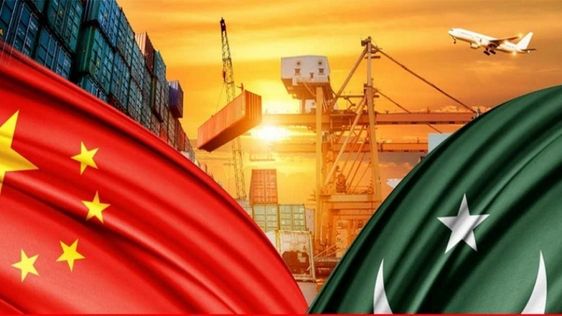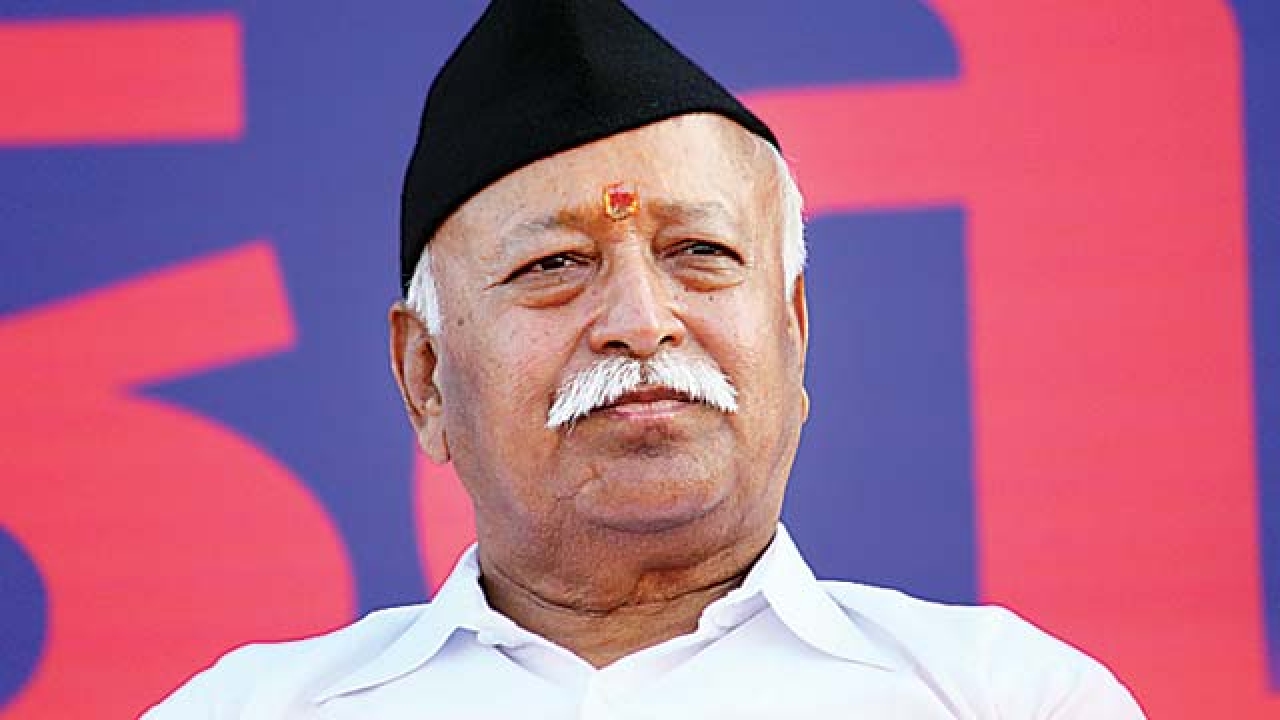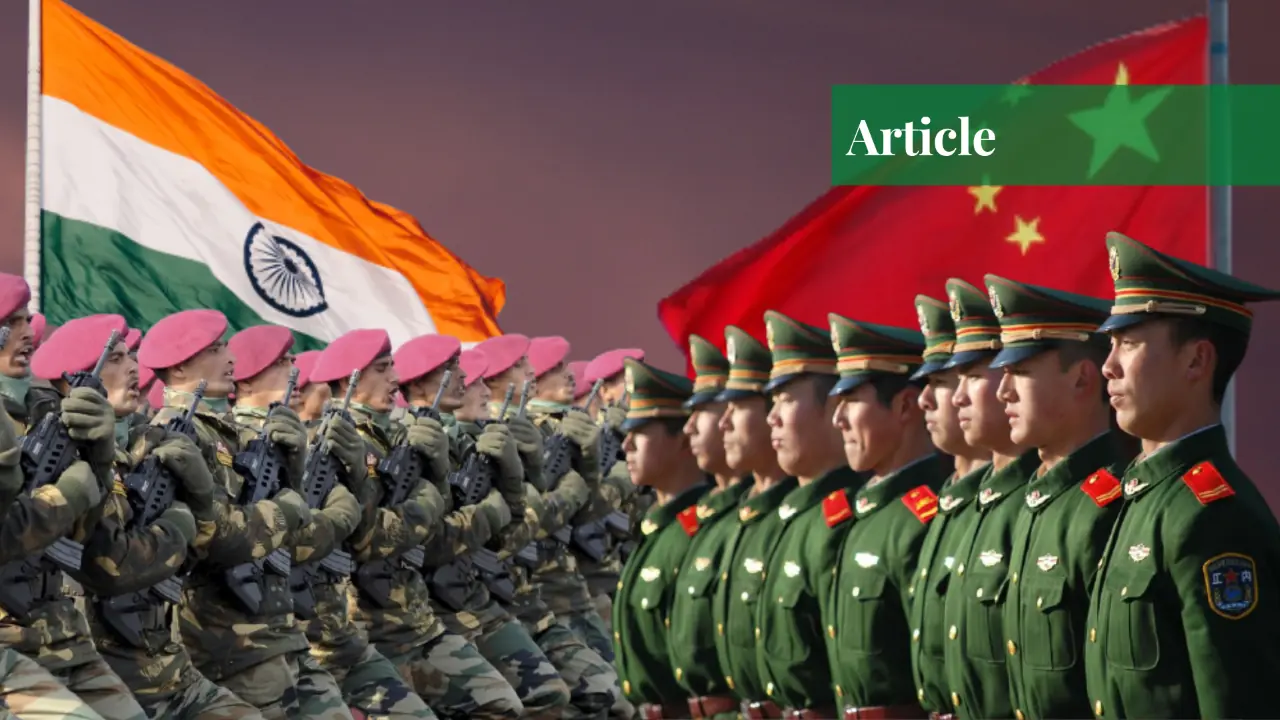The phrase “India is ready to take over Pakistan-occupied Kashmir” may be less common now that the elections are done, but we should still wait for the next round of voting. This may return. While it is undeniable that New Delhi has decided that all of Jammu and Kashmir, including China-held Aksai Chin and Pakistan-occupied Kashmir, is a part of India, a more nuanced explanation is necessary to comprehend the effects of regaining PoK.
A 1994 parliamentary resolution that was approved by both chambers states that Ladakh and all of Jammu & Kashmir are fundamental components of India. The whole territory that lies inside India’s borders is also depicted on the country’s map. On the ground, though, things are different since China and Pakistan both control these regions. It’s time to stop using exaggeration and inform the public of the true state of affairs.
Simply put, in a situation like this, India confronts the prospect of a united China and Pakistan. Chinese intervention is expected to follow India’s move to PoK. China’s strategic and economic ambitions in PoK have come dangerously close to turning some of the areas into a Chinese colony. This is even more noteworthy in light of Prime Minister Narendra Modi’s declaration that “This is not a period of war.”
In 1963, Pakistan gave up control of the Shaksgam Valley, which is north of the Siachen Glacier and was held by India. This opened the way for Pakistan and China to construct the Karakoram Highway. The Gilgit-Balitistan region, or the northern portions under Pakistani sovereignty, is to the west of Siachen Glacier. Azad Kashmir, as it is known in Pakistan, is to the west of India’s J&K.
In the current situation, China has too much to lose as it seeks to widen the China-Pakistan Economic Corridor, which passes through Kashmiri-occupied territory. A 3000 km long network of roads, railroads, and pipelines is part of the China-Pakistan Economic Corridor (CPEC), a bilateral initiative that will help commerce between China, Pakistan, and other nations in the area. The project intends to improve Pakistan’s infrastructure while also connecting China’s Xinjiang province to Pakistani ports like Gwadar and Karachi, boosting commerce between the two nations. Pictures of Chinese PLA personnel manning CPEC installations have surfaced.
Xinjiang shares a border with India’s Ladakh, and CPEC crosses the vital Karakoram Range on its way into Pakistan. The highest paved international route in the world, the 1300-kilometer Karakoram Highway connects China and Pakistan through the Karakoram Mountains. The Karakoram Pass, which is on the border between China’s Xinjiang autonomous area in Tibet and India’s Ladakh Territory, is strategically important for both China and India. It is located north of Ladakh. The Eastern Karakoram Range is where the crucial Siachen Glacier, which is under Indian sovereignty, is located. Afghanistan, Tajikistan, Kyrgyzstan, Kazakhstan, Russia, and Mongolia border Xinjiang to the northeast.
On April 20, 2015, Chinese President Xi Jinping and Pakistani Prime Minister Nawaz Sharif signed 51 agreements and memorandums of understanding for a total of $46 billion, which served as the official start of CPEC. China has been considering expanding the Belt and Road Initiative (BRI), the centerpiece of CPEC. According to the CPEC website, BRI is the new acronym for the older OBOR, One Belt, One Road CPEC, and five additional corridors, which provide infrastructure development in more than 65 countries and account for 40% of global GDP and 60% of the world’s population.
China is moving forward with its long-held aim of expanding the China-Pakistan Economic Corridor (CPEC) to Kabul as a result of the US departure from Afghanistan and the Taliban’s subsequent control. Former Indian Air Force Chief RKS Bhadauria stated, “Pakistan is becoming a pawn in Chinese diplomacy and might use the nation to enter Afghanistan after the withdrawal of US soldiers,” when addressing an event in 2020. According to him, the US withdrawal from Afghanistan has given China more choices in the area, including entry into Central Asia, a region they have long been interested in.
India is keenly watching how China responds to developments in Afghanistan, and according to insiders, Beijing is searching for ways to use Pakistan to expand its influence in the strife-torn nation. The security establishment in India has reported that China has once again suggested building the Peshawar-Kabul highway as an extension of CPEC in Afghanistan.
It’s improbable that the Chinese will watch a military operation in the region with such a strong footing in the PoK. The Chinese invasion of eastern Ladakh is a component of their scheme to prevent India from controlling the Karakoram Highway and other areas. Chinese goals are evidenced by the events in Eastern Ladakh since May 2020, and they are undoubtedly not exclusive to Aksai Chin.
The views expressed in this article are the author’s own and do not necessarily reflect Indography’s editorial stance.








